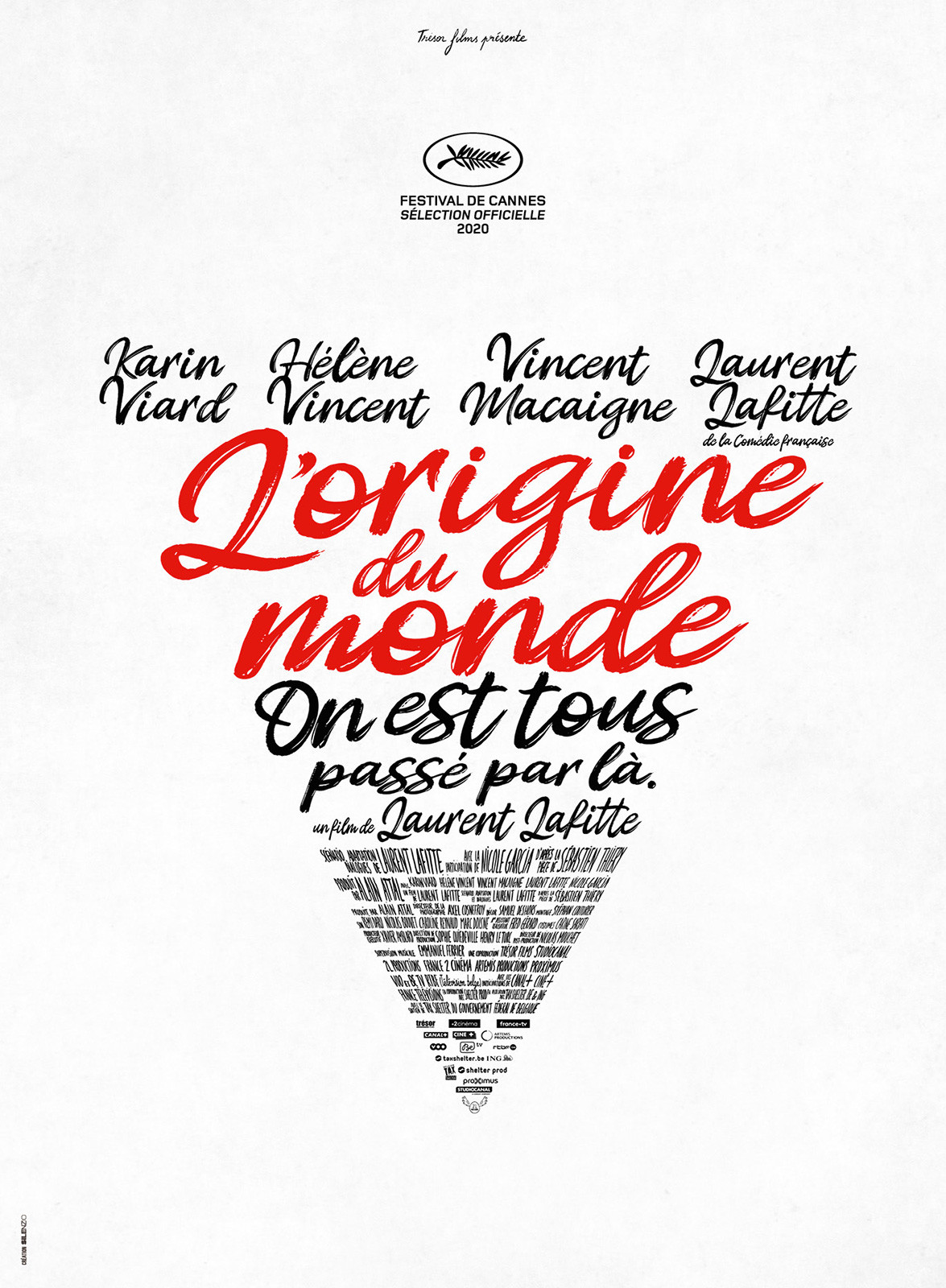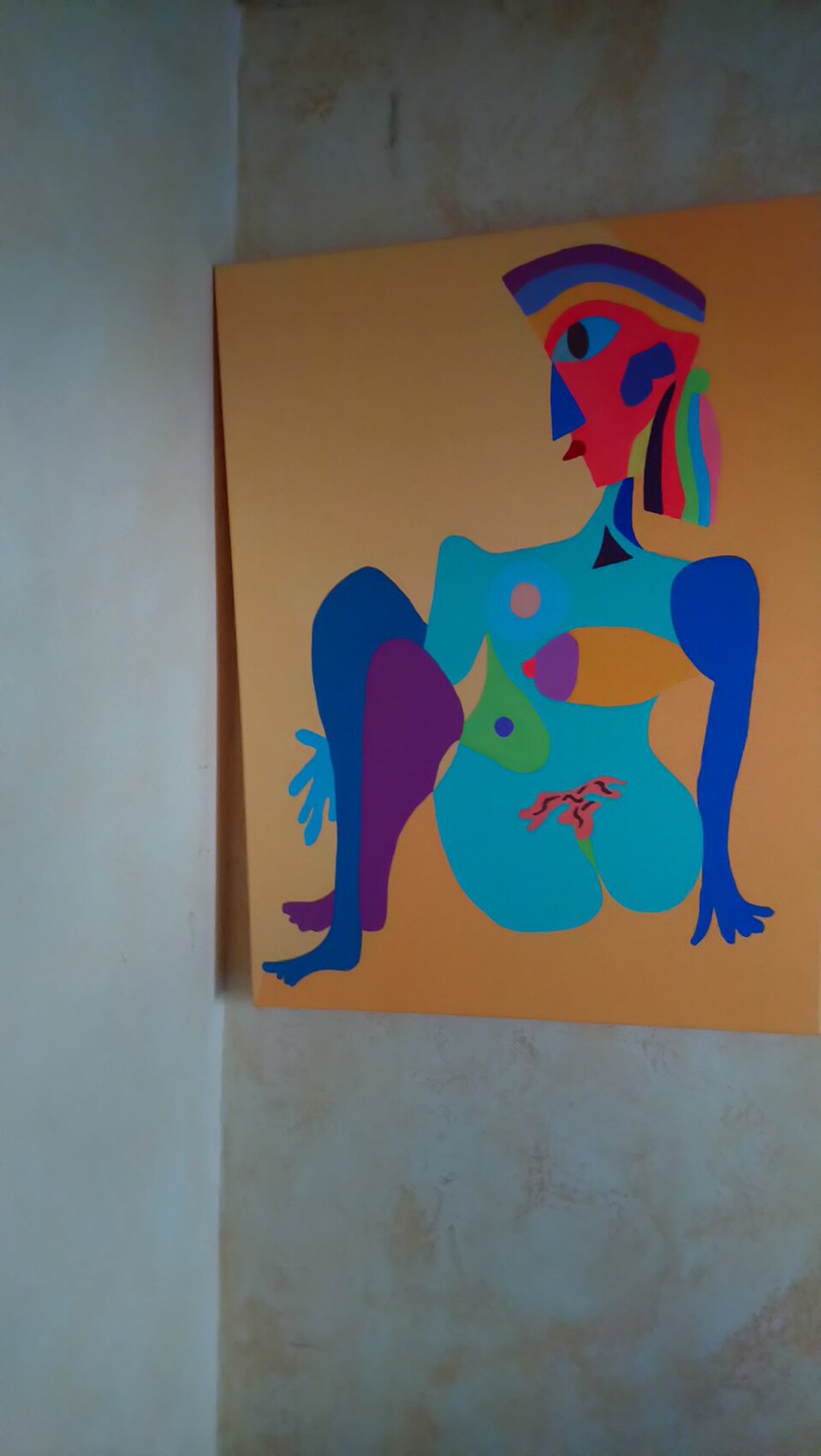



1843–45), Lovers in the Countryside (1844, Musée des Beaux-Arts, Lyon), The Sculptor (1845), The Wounded Man (1844–54, Musée d'Orsay, Paris), The Cellist, Self-Portrait (1847, Nationalmuseum, Stockholm, shown at the 1848 Salon), and Man with a Pipe (1848–49, Musée Fabre, Montpellier). 1842–44, accepted for exhibition at the 1844 Paris Salon), the theatrical Self-Portrait which is also known as Desperate Man ( c. These include Self-Portrait with Black Dog ( c. Among his paintings of the early 1840s are several self-portraits, Romantic in conception, in which the artist portrayed himself in various roles. L'homme à la pipe ( Self-portrait, Man with a pipe), 1848–49, Musée Fabre, MontpellierĬourbet's first works were an Odalisque inspired by the writing of Victor Hugo and a Lélia illustrating George Sand, but he soon abandoned literary influences, choosing instead to base his paintings on observed reality. He was imprisoned for six months in 1871 for his involvement with the Paris Commune and lived in exile in Switzerland from 1873 until his death four years later.

Courbet, a socialist, was active in the political developments of France. Courbet's subsequent paintings were mostly of a less overtly political character: landscapes, seascapes, hunting scenes, nudes, and still lifes. They challenged convention by depicting unidealized peasants and workers, often on a grand scale traditionally reserved for paintings of religious or historical subjects. Courbet occupies an important place in 19th-century French painting as an innovator and as an artist willing to make bold social statements through his work.Ĭourbet's paintings of the late 1840s and early 1850s brought him his first recognition. His independence set an example that was important to later artists, such as the Impressionists and the Cubists. Committed to painting only what he could see, he rejected academic convention and the Romanticism of the previous generation of visual artists. Jean Désiré Gustave Courbet ( UK: / ˈ k ʊər b eɪ/ KOOR-bay, US: / k ʊər ˈ b eɪ/ koor- BAY, French: 10 June 1819 – 31 December 1877) was a French painter who led the Realism movement in 19th-century French painting. Nominated to receive the French Legion of Honor in 1870 (refused)


 0 kommentar(er)
0 kommentar(er)
